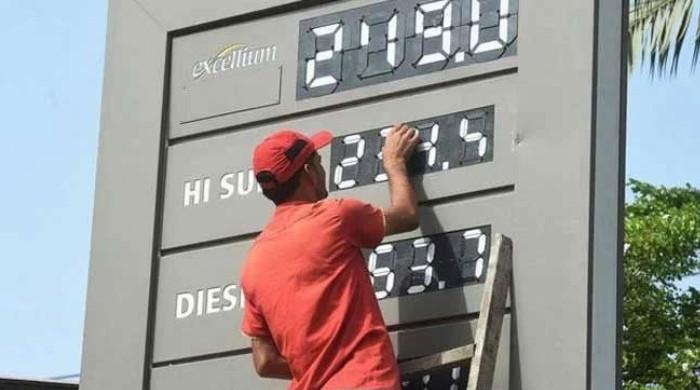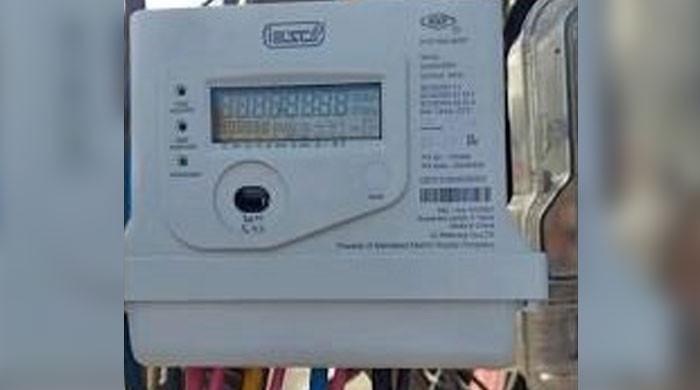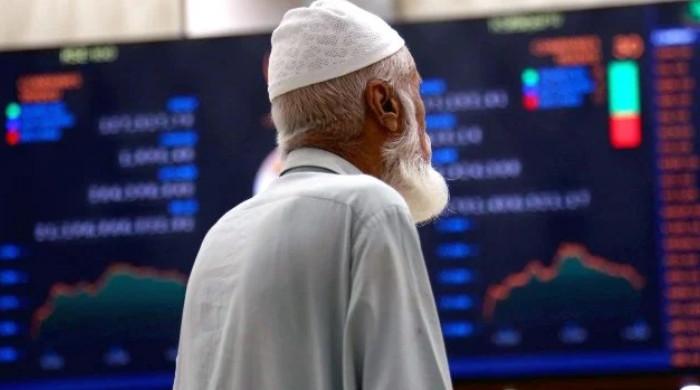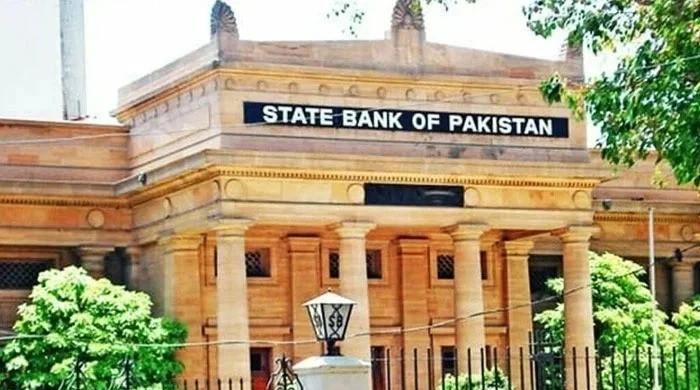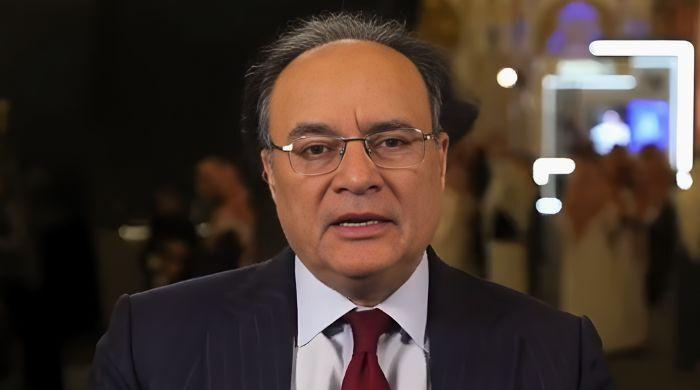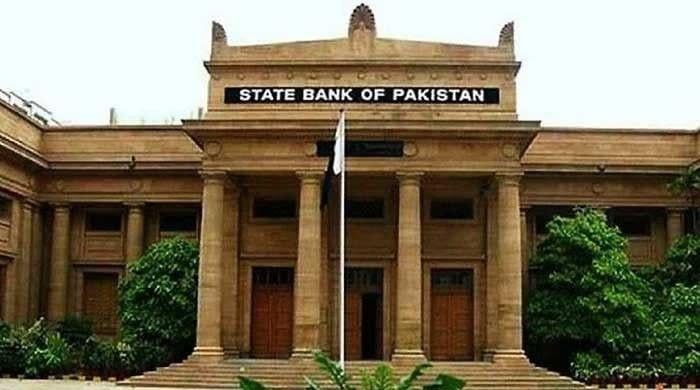Rupee dives even lower as fears over Pakistan’s faltering economy increase
Pakistani rupee closes at Rs236.02 against US dollar in interbank market as political uncertainty continues
July 27, 2022
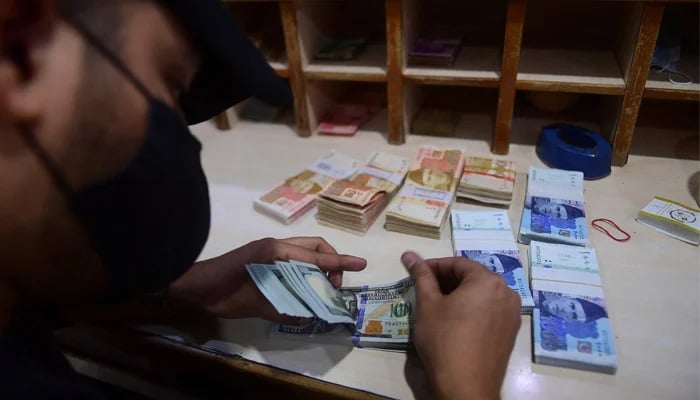
- Pakistani rupee falls again against US dollar in interbank market.
- Local unit trades at Rs236.02 against greenback.
- Rupee has been one of worst-performing currencies globally.
KARACHI: The Pakistani rupee Wednesday plunged to a new low against the US dollar, which continued to strengthen for the ninth straight session in the interbank market.
The greenback closed at an all-time high of Rs236.02 in the interbank market, up from Rs232.93 a day earlier, as it shed Rs3.09 or 1.31%.
The rupee has been one of the world’s worst-performing currencies, slumping more than 30% since the start of the year (2022), The News reported.
But its depreciation is not limited to local dynamics as the greenback is now at a 20-year high against other world currencies, thanks in part to expectations that the Federal Reserve will increase its interest rates faster than most.
Apart from that, traders told The News that continuously deepening political uncertainty and the lack of dollar liquidity yielded pressure on the local unit.
“Banks are short of foreign currency as the central bank is not selling dollars to the market to curb the exchange rate volatility. Exporters are also not converting dollars and that has resulted in the scarcity of the greenback,” a foreign exchange trader told the publication.
“Some banks are opening fresh letters of credit if the outflow is equalised with the export proceeds of the clients.”
Economist and former adviser to the federal ministry of finance Dr Khaqan Hassan Najeeb cited five reasons for the rupee's plunge — elevated payment pressures (partly from June), uncertainties around political issues, domestic economy, slowing global economy, and a strong dollar.
Shedding light on how the rupee can recover, he said that it largely depends on:
- How the IMF programme and dollar financing requirements are handled;
- How trade and current account deficits are managed.
Fears about Pakistan's faltering economy have increased as the country’s currency dropped by about 8% versus the US dollar last week, its foreign exchange reserves decreased to $9.3 billion as of July 15, and inflation is at its worst level in more than a decade.
Alpha Beta Core CEO Khurram Schezad told Geo.tv that the dollar is getting stronger in the global market almost against all the world currencies — and the rupee is not an exception.
In addition, he said, Pakistan's external account issues are not settled as yet though imports are slowing.
He noted that although the International Monetary Fund is on board for disbursement, the flows are yet to materialise as the Executive Board's final approval is awaited.
"Global rating agencies have put a negative outlook on the economy, so that is an additional burden that is weighing in on the financial markets in general and forex market in particular," he added.




